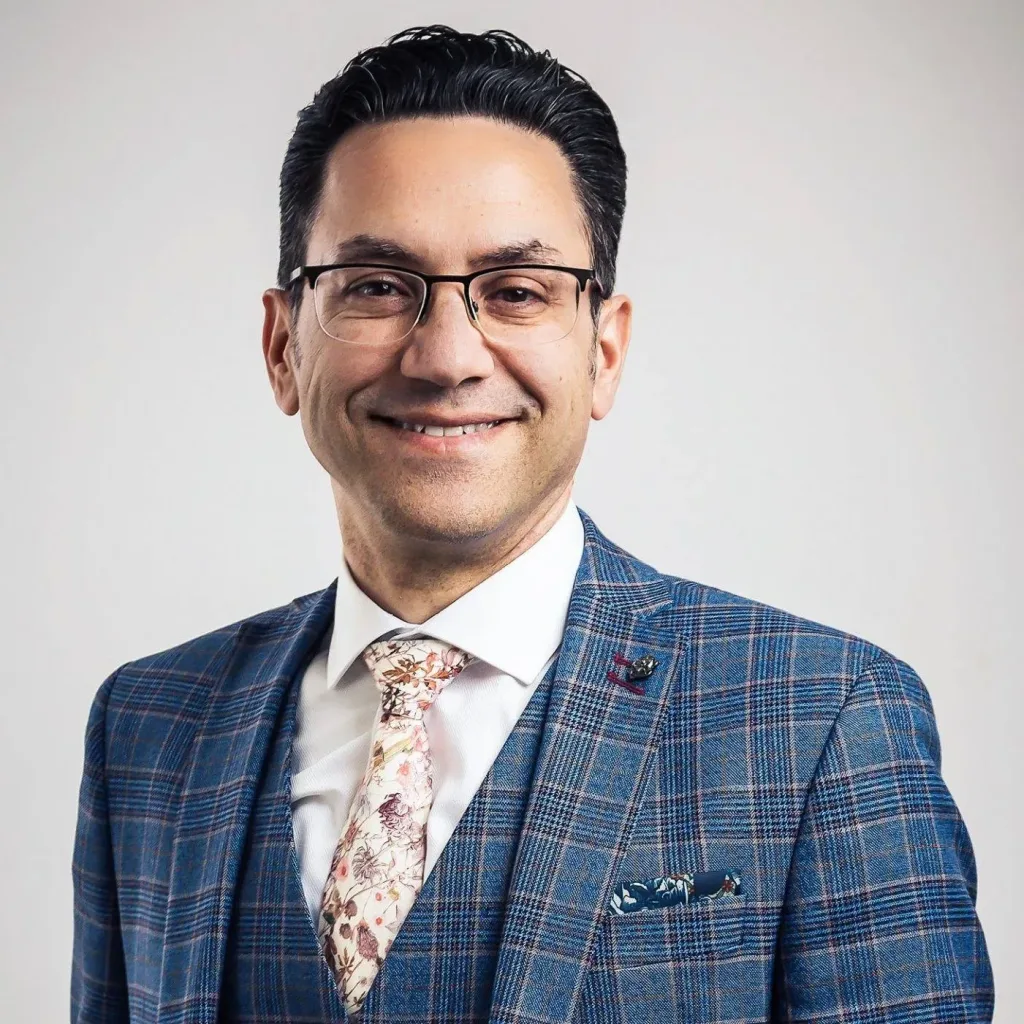Laser skin resurfacing can help reduce fine lines and wrinkles, remove skin tags and improve the appearance of many types of scars – including scars caused by acne. Precise ablation of the skin using Fotona’s Er:YAG laser can help achieve excellent aesthetic transformations while avoiding the need for invasive surgery.
Many prospective laser skin resurfacing patients are keen to understand the healing process and how long they can expect it to last. This article will explore this, and the typical recovery timelines to help give you a clearer picture.
At the CREO Clinic, our doctor-led team of skin specialists are experienced in the use of Er:YAG laser resurfacing, and understand how best to apply a laser treatment so it enhances the appearance of your skin and keeps recovery time to a minimum.
Book an initial consultation with an aesthetic doctor today to discover how laser resurfacing can transform the appearance of your skin.
Preparing Your Skin for Laser resurfacing (Pre-Procedure)
Preparations for your laser resurfacing treatment will begin during your consultation with our aesthetic team. Our aesthetic doctor will discuss your aesthetic goals and medical history to get a clear understanding of your concerns and how best to .
This assessment will allow our team to tailor a treatment to your skin’s needs and to target your particular issues.
Other steps to take in preparation for the procedure are:
- Avoid UV rays – Treatment cannot be provided to clients that are recently tanned or sunburnt. Avoid exposure to strong UV rays from sunlight, and wear high factor sun cream (30+ SPF) whenever sun exposure is unavoidable.
- No facials, microdermabrasion or retinol, retin-A or other topical retinoids should be used within 2 weeks prior to treatment.
- Avoid any irritants to your skin including glycolic and salicylic acids, benzoyl peroxide, astringents and Vitamin C and any medication or cream that thins the skin or makes it sensitive to sunlight.
- Roaccutane usage needs to be stopped at least 3- 6 months prior to treatment depending on dose.
- If you have a history of perioral herpes please mention this to our team as prophylactic antiviral therapy may be required prior to treatment.
- On the day of treatment do not wear make-up on any area to be treated.
How the Type of Laser Used Affects the Healing Process
The two different types of laser used in skin resurfacing are the Er:YAG laser and CO2 laser. Both lasers create microscopic injuries to the skin that removes surface layers and help fresh, healthy skin develop in its place.
However, the CO2 laser delivers light at a more intense 10,600 nm wavelength, which means it penetrates deeper into the skin and causes greater damage. This will result of a longer recovery time than use of the Fotona Er:YAG laser, which delivers light at a 2094nm wavelength, often providing a better balance of strong aesthetic results and a shorter recovery.
What to Expect During the Laser Skin Resurfacing
Our aesthetic doctor will first outline the areas that need to be targeted with laser resurfacing. Er:YAG ablative laser will then be applied. A warming or pinching type sensation may be felt during the application of the laser, but the procedure is not typically painful.
The Type of Laser
The CREO Clinic uses the Fotona SP Dynamis laser in ablative Er:YAG mode to perform skin resurfacing. This is a state-of-the-art laser that precisely vaporises surface layers of skin, causing minimum damage to the tissues around it.
The Post-Treatment Healing Process & Timeline
Week 1
The first week after your treatment is when your skin will be most tender. You may see swelling, redness and a degree of sensitivity during this period.
Week 2
By the second week, you should see a significant reduction in swelling and redness. Some peeling of the skin is likely at this stage as the new, healthy skin starts to form and the micro injuries created by the Er:YAG laser heal.
Week 3
By week three, you should see few signs of your treatment and the fresh skin should be visible. Any peeling should have subsided.
Laser Skin Resurfacing Aftercare to Aid the Healing Process
Avoid Too Much Sun
It is crucial to protect your skin from harmful UV rays after laser resurfacing treatment. Your skin will be more delicate than usual, so try to avoid sun exposure or wear high factor sun cream where sun exposure is inevitable.
Get Plenty of Rest
In order to heal optimally, your body needs plenty of rest. Try to get early nights and sleep in as calm and relaxing a situation as possible – avoid late nights and stressful situations.
Be Especially Careful Washing Your Skin
As your skin is tender and still healing after your treatment, wash your skin very carefully with lukewarm water and avoid the use of any creams or serums that may be too strong for your delicate post-treatment skin.
Stay Hydrated & Eat Healthy
Your skin needs plenty of water and nutrients to recover well from the treatment, so ensure you are eating a balanced diet and drinking plenty of water every day to keep your body topped up with everything it needs.
Avoid Strenuous Activity
For the first week after your treatment, when your skin is at its most delicate, avoid strenuous activities or sports that may involve unnecessary touching or damage to your facial skin.
Make Healthy Lifestyle Choices
Ensure you are making healthy choices for your skin after your laser resurfacing treatment – eat well, sleep well, drink plenty of water and wear sun cream on your skin. It is a good idea to get into these healthy habits before your treatment so they are part of your routine.
Mistakes to Avoid While Recovering from Laser Skin Resurfacing
Try to avoid some common mistakes such as scratching the skin or rubbing it while it is healing from laser resurfacing. Some itching is possible, but try to avoid scratching the skin. Also, ensure you do not expose your skin to too much sun in the period after your treatment – UV rays can be particularly damaging for fresh skin.


